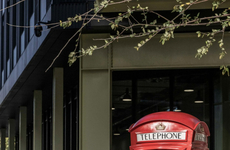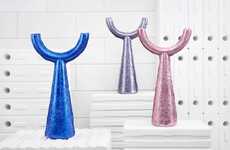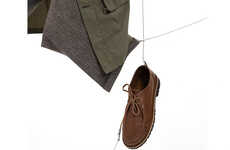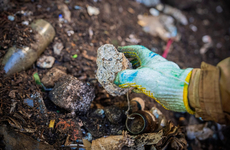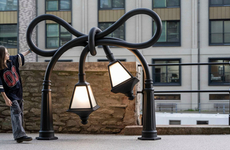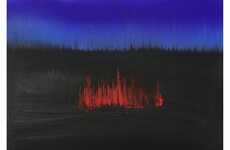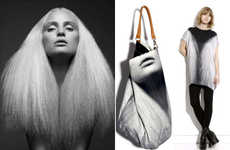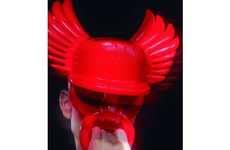
Tim Nobles & Sue Webster's Trashtastic Masterpieces
Meghan Young — September 3, 2009 — Lifestyle
References: environmentalgraffiti & stellawasadiver
I’ve seen a lot of rubbish that was art, I’ve even seen a lot of art that was rubbish, but I’ve never seen rubbish shadow art. Manipulating beauty out of the depths of rubbish, British artists Tim Noble and Sue Webster have managed to artfully arrange rubbish in such a way as to create shadow masterpieces.
Using anything at hand, from household waste to dead seagulls, Tim Noble and Sue Webster are especially known for skillfully portraying themselves out of the chaotic mass of garbage.
Using anything at hand, from household waste to dead seagulls, Tim Noble and Sue Webster are especially known for skillfully portraying themselves out of the chaotic mass of garbage.
Trend Themes
1. Shadow Art - Using rubbish to create shadow masterpieces presents an opportunity for innovative art forms.
2. Eco-friendly Art - Creating art from household waste highlights the trend towards environmental consciousness and sustainability in the art industry.
3. Unconventional Materials - The use of dead seagulls as art materials challenges traditional notions of what can be used in art and opens up possibilities for unique and disruptive creations.
Industry Implications
1. Art - The art industry can explore new avenues of creativity by embracing unconventional materials and techniques like rubbish shadow art.
2. Sustainability - The incorporation of household waste into artwork demonstrates the potential for the sustainability industry to promote eco-friendly practices in innovative and engaging ways.
3. Waste Management - The concept of rubbish shadow art presents an opportunity for the waste management industry to collaborate with artists and explore innovative ways to repurpose and transform waste materials.
5.6
Score
Popularity
Activity
Freshness

